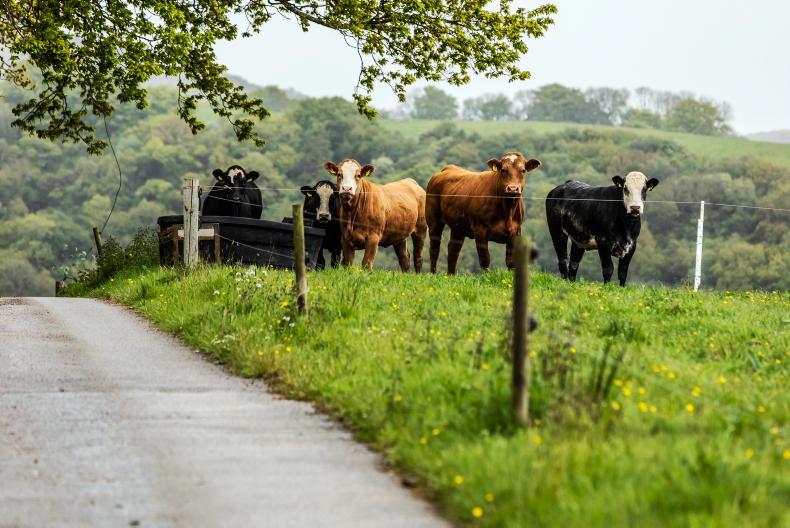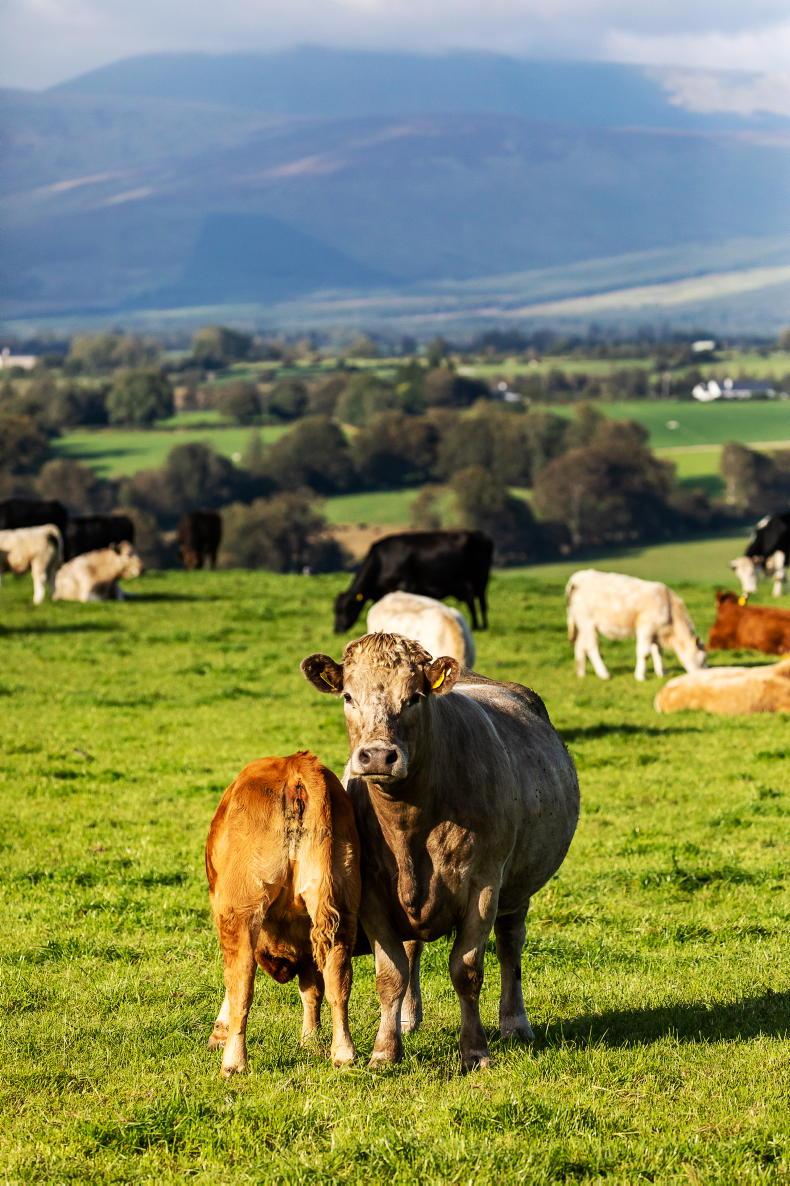Sucklers are undergoing somewhat of a renaissance. High prices for top-quality stock have renewed confidence in the sector and I hear less chat about people getting out and big dispersal sales.
The sector still faces a number of huge challenges.
Profitability is still probably the biggest.
Output prices are decent at the moment but the cost of farm inputs is quickly eroding any potential uplift in bank account balances.
Even with a decent weanling trade and beef price, 2022 is going to be a very difficult year.
Like all other farmers, suckler farmers will need to change the way they do things in 2022.

\ Philip Doyle
On a small suckler farm, a fertiliser bill going from €5,000-€12,000 in the space of 12 months is crippling. I’m worried at the level of fertiliser purchasing taking place on drystock farms at the moment, with many adopting a wait and see approach. This is a dangerous strategy, with supply issues becoming very real for later in the spring.
Kieran Mailey looks at myostatin genes and what farmers should look for when buying stock bulls this spring.
Declan Marren looks at how suckler farmers can mitigate increased costs in 2022 while Kieran Mailey also looks at ways in which suckler farms can reduce their carbon footprint.

\ Philip Doyle
Chris Daly outlines the new Commercial Beef Value Index developed by ICBF. This index aims to inform purchasers of calves, weanlings and store cattle as to their profitability to enter into a finishing system. It’s essentially the terminal index with the calving traits taken out.
Finishers have long called for a system that outlines the potential of a finishing animal. It’s especially important when beef farmers are purchasing dairy beef calves.
It’s a little frustrating to see another spring go by without it appearing on mart boards and any issues around displaying the figures should be ironed out without delay.
Sucklers are undergoing somewhat of a renaissance. High prices for top-quality stock have renewed confidence in the sector and I hear less chat about people getting out and big dispersal sales.
The sector still faces a number of huge challenges.
Profitability is still probably the biggest.
Output prices are decent at the moment but the cost of farm inputs is quickly eroding any potential uplift in bank account balances.
Even with a decent weanling trade and beef price, 2022 is going to be a very difficult year.
Like all other farmers, suckler farmers will need to change the way they do things in 2022.

\ Philip Doyle
On a small suckler farm, a fertiliser bill going from €5,000-€12,000 in the space of 12 months is crippling. I’m worried at the level of fertiliser purchasing taking place on drystock farms at the moment, with many adopting a wait and see approach. This is a dangerous strategy, with supply issues becoming very real for later in the spring.
Kieran Mailey looks at myostatin genes and what farmers should look for when buying stock bulls this spring.
Declan Marren looks at how suckler farmers can mitigate increased costs in 2022 while Kieran Mailey also looks at ways in which suckler farms can reduce their carbon footprint.

\ Philip Doyle
Chris Daly outlines the new Commercial Beef Value Index developed by ICBF. This index aims to inform purchasers of calves, weanlings and store cattle as to their profitability to enter into a finishing system. It’s essentially the terminal index with the calving traits taken out.
Finishers have long called for a system that outlines the potential of a finishing animal. It’s especially important when beef farmers are purchasing dairy beef calves.
It’s a little frustrating to see another spring go by without it appearing on mart boards and any issues around displaying the figures should be ironed out without delay.








 This is a subscriber-only article
This is a subscriber-only article











SHARING OPTIONS: